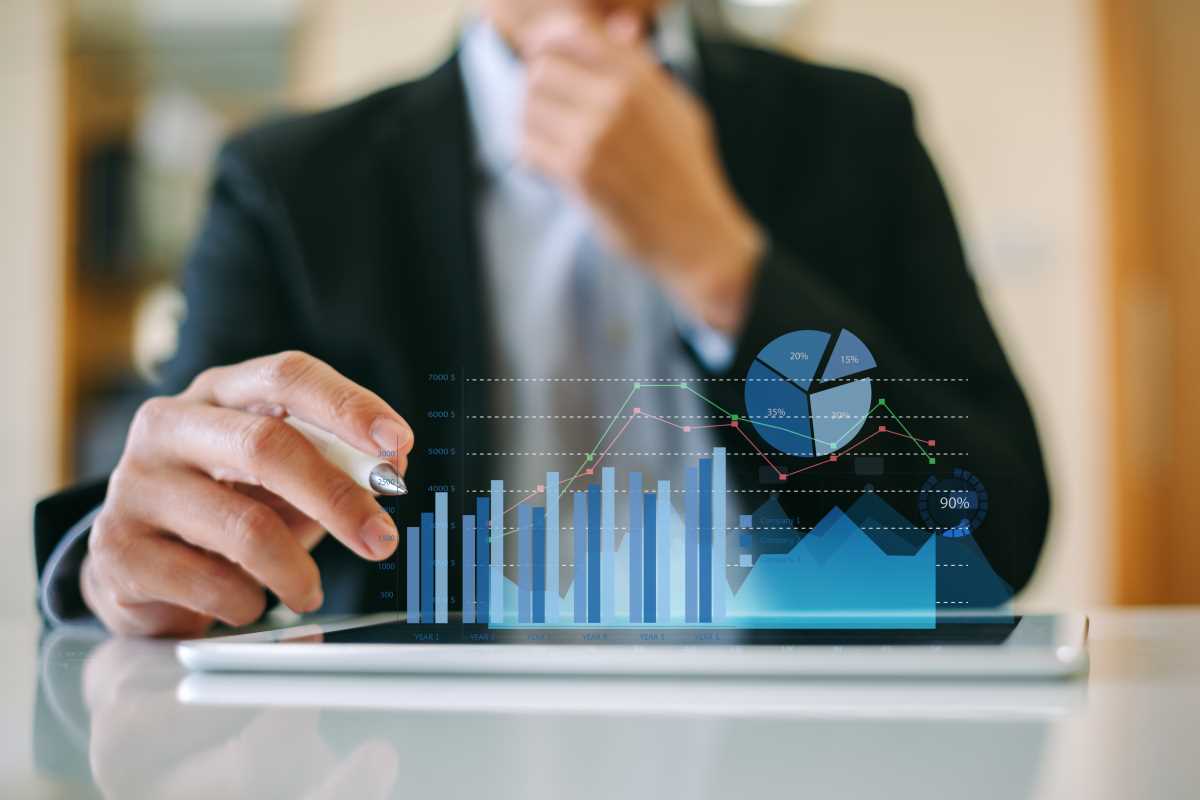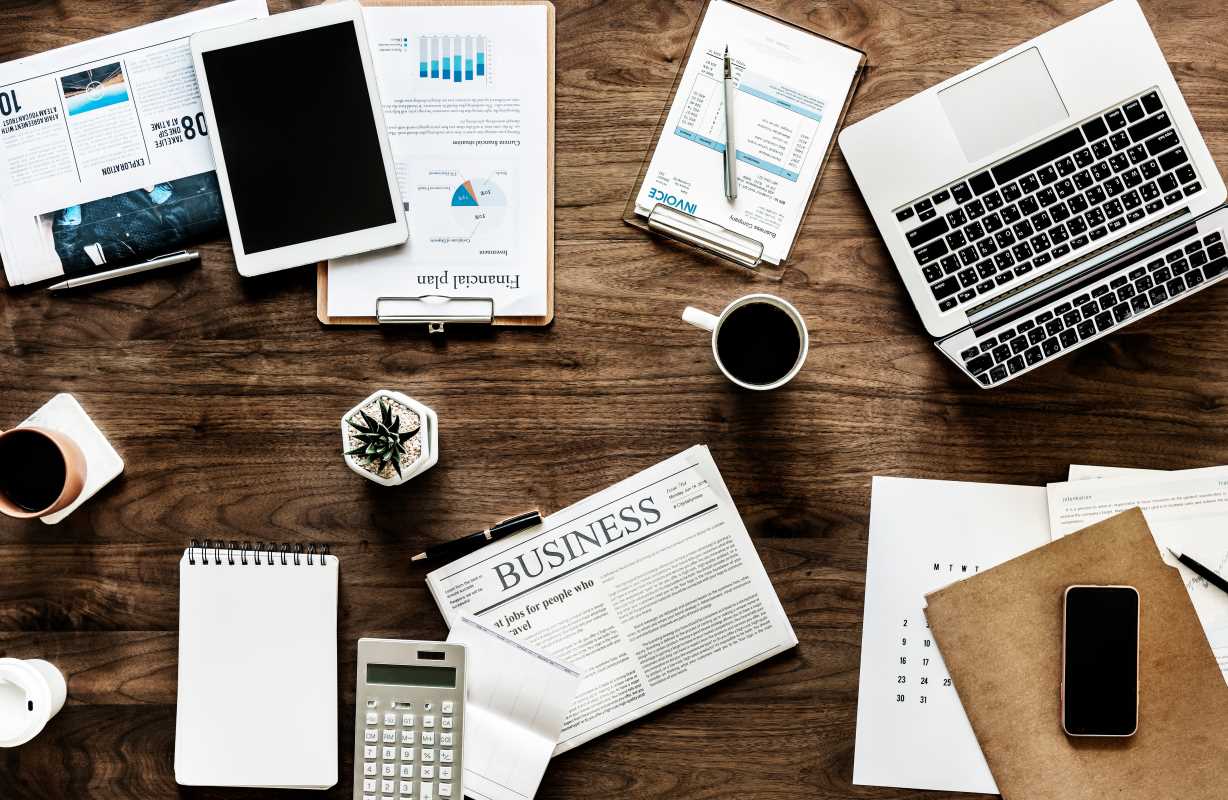How can businesses ensure profitability while staying environmentally and socially responsible in today’s rapidly changing world? Enter the circular economy. This forward-thinking model not only addresses global sustainability challenges but also unlocks opportunities for long-term financial growth. By moving beyond the traditional "make, use, dispose" approach, businesses adopting a circular economy model can find novel ways to thrive while reducing their environmental impact.
What Is a Circular Economy?
At its core, a circular economy reimagines how resources are used. Rather than following a traditional linear path (extract, produce, use, discard), a circular economy seeks to close the loop. This means keeping materials, products, and resources in circulation for as long as possible, extracting their maximum value, and minimizing waste.
For example, instead of manufacturing a product with a limited lifespan, a company might design it to be reused, repaired, or repurposed. Materials from the original product could then be recycled into new products, endlessly feeding back into the supply chain.
The goal is simple yet impactful: create a system in which economic growth does not come at the expense of our planet’s resources.
How Does It Differ from a Linear Economy?
The linear economy has dominated industries for centuries. It operates on a straightforward and resource-intensive model where items are produced, consumed, and discarded. For businesses, this often means missed opportunities to recapture value from wasted materials or extend the life cycle of their products.
By contrast, the circular economy challenges this "take, make, waste" mentality by focusing on three principles:
- Design out waste and pollution: Products are created with the intention of reducing waste.
- Keep products and materials in use: Through repair, refurbishment, remanufacturing, and recycling, items stay in circulation.
- Regenerate natural systems: Businesses prioritize processes that restore and renew energy and resources.
This fundamental shift not only reduces environmental harm but creates cost efficiency, customer loyalty, and future-proof business practices.
Benefits of a Circular Economy for Long-Term Profitability
Transitioning to a circular model isn’t just good for the planet; it can also deliver tangible financial benefits for businesses. Here’s how:
- Cost Savings: By reusing and recycling materials, companies reduce the need for costly raw materials and waste management.
- New Revenue Streams: Businesses can explore innovative ways to monetize their products, such as offering repair services, selling refurbished goods, or leasing items.
- Future-Proofing: Sustainable practices make companies resilient to changes in regulations, resource availability, and consumer demands for sustainable products.
- Customer Loyalty: Today’s consumers actively seek out businesses that align with their values, particularly around sustainability. A commitment to circular practices fosters trust and brand loyalty.
- Competitive Advantage: Companies adopting these models often find themselves ahead of industry trends, setting them apart from competitors.
Real-World Examples of Circular Economy Models
Businesses across the globe have started leveraging circular economy principles to great success. Here are some examples from a variety of industries that showcase the model in action.
1. Product-as-a-Service Models
Under this approach, companies shift from selling products to offering services. Instead of purchasing items outright, customers pay to use them, while businesses retain ownership and responsibility for maintenance. This encourages businesses to prioritize durability and efficiency.
Example: Philips Lighting now offers "light as a service," where customers essentially lease lighting systems. Philips handles installation, maintenance, and upgrades, significantly cutting waste while ensuring high-quality service.
2. Recycling and Upcycling Initiatives
By reclaiming and reusing materials, businesses can drastically reduce their demand for natural resources.
Example: Patagonia, a leader in outdoor wear, encourages customers to repair worn-out garments rather than replace them. Their "Worn Wear" program even resells refurbished items at lower costs, creating a win-win for the environment and consumers.
3. Closed-Loop Supply Chains
A closed-loop supply chain prioritizes the recovery of resources at the end of a product’s life to manufacture new goods.
Example: Carpet manufacturer Interface boldly committed to complete circularity. Through a closed-loop system, they recycle old carpets into new ones and strive for zero waste across their operations. This not only drastically cut their carbon footprint but also positioned them as sustainability leaders in their industry.
4. Digital Innovation
Technology aids circular economies by enhancing transparency and efficiency in resource usage. Digital platforms track products through their lifecycle, facilitating better recycling and remanufacturing processes.
Example: The Loop platform (partnering with brands such as Unilever and Nestlé) allows consumers to buy products in reusable packaging. Customers return empty containers, which Loop cleans, refills, and sends back into circulation.
Actionable Steps to Transition to a Circular Economy
If your business is ready to make the shift, here are some actionable steps to get started.
- Assess Current Practices: Conduct a thorough overview of your supply chain, products, and processes to identify areas where waste can be minimized.
- Redesign Your Products: Aim to make products more durable, repairable, and recyclable. Use materials that are easy to recover and reuse.
- Collaborate with Stakeholders: Build partnerships with suppliers, recycling facilities, and other businesses that support circular practices. Collaboration fosters innovation and shared benefits.
- Educate Your Team: Train employees at all levels on circular economy principles, ensuring buy-in and fostering a culture of sustainability.
- Pilot a Circular Initiative: Test your approach with a specific product or service. Learn from the process, refine, and scale over time.
- Leverage Technology: Use digital tools to track resource usage, product lifecycles, and customer feedback to improve transparency and efficiency.
- Engage Customers: Communicate your sustainability efforts clearly with consumers. Offer incentives for recycling, repairing, or participating in product-as-a-service programs.
The path to circularity might require effort and innovation, but the rewards—for your business, your customers, and the planet—make it well worth the investment.
 (Image via
(Image via





